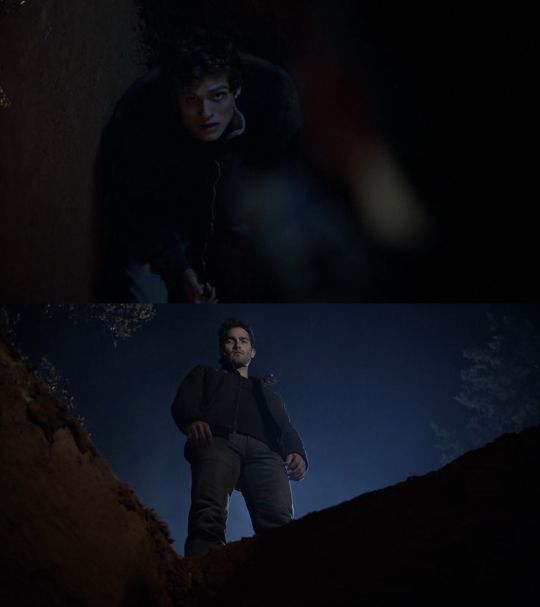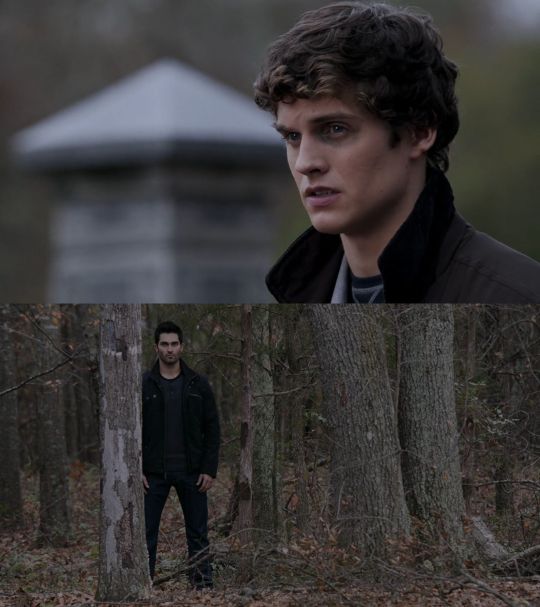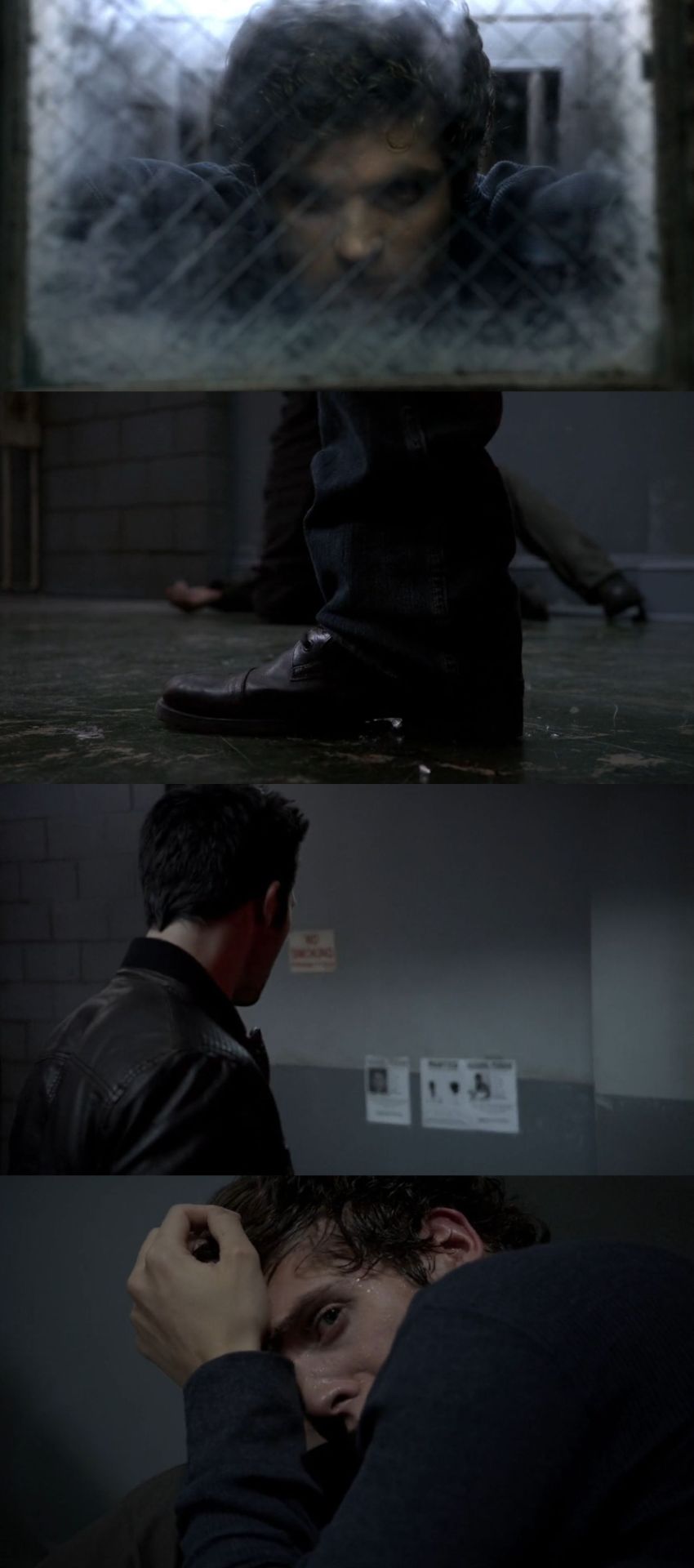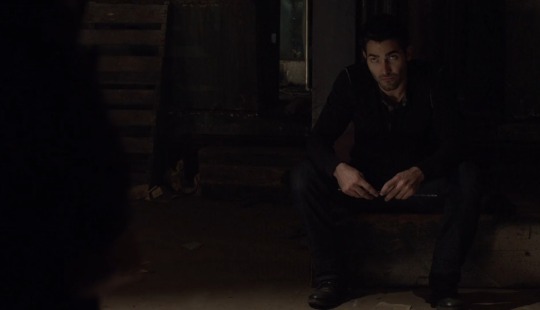#in the end it's not revenge that breaks that cycle but rather the deeply unsatisfying act of finally walking away
Explore tagged Tumblr posts
Text























"It’s about breaking out of whatever prison you’ve allowed yourself to live in, whether you built that prison for yourself or whether it was built around you and you just accepted it. The message in the whole record is just: Fetch the fucking bolt cutters and get yourself out of the situation that you’re in — whatever it is that you don’t like."
"Fetch the Bolt Cutters," Fiona Apple + Isaac Lahey & Derek Hale, Teen Wolf (2011)
edit: i can't fucking believe i have to say this but if you rb this and tag it as a ship thing i hope you choke
#teen wolf#isaac lahey#derek hale#web weaving#something something abuse is inherently cyclical and you can't depend on anyone to save you but yourself#in the end it's not revenge that breaks that cycle but rather the deeply unsatisfying act of finally walking away
113 notes
·
View notes
Text

i wrote an actual fucking essay abt hoshi bc i’m passionate. incroyable. im putting it under a cut so u can read it if u like w/o it clogging up the dash
Dangan Ronpa hasn’t had a particularly good track record with its “nonstandard” characters. You know the ones - they’re usually guys, and they tend to be characterized by having a strange face, body type, and/or mannerisms. In the past, these characters have been used simply to provide uncomfortably perverted comic relief (Yamada, Hanamura), or to simply exist and barely play a role in the plot (Bandai, Shikiba - hell, the latter never even shows up in main series DR). So it would have not been misguided for people in the fanbase to be very suspicious of Ryoma Hoshi when he was first introduced. Even after his name and talent were released, up until the Famitsu pages detailing his backstory came out, people were still wary. It would have been all too easy for Kodaka to make him a pervert like those who came before, or barely relevant, or a Prince of Tennis reference and a throwaway gag. There are many valid criticisms to be made about NDRV3, but it’s safe to say that Hoshi’s development was a high point of the game. I even dare to say that he’s one of the most complex and multifaceted characters in Dangan Ronpa.
Let’s talk design and physical aspects first. The crux of his physical appeal comes from the odd, clashing juxtaposition that his design provides. We’re going to be starting at the very beginning here - September 2016, when the designs for all 16 of the students had been introduced.
While with some characters it was fairly clear what their talent was (Toujou was obviously a maid and Yumeno a magician, while Gonta’s bug box and Angie’s sculpting tools tipped people off to their real talents). Hoshi fell squarely into the category of “We don’t know, and we can’t even guess”. Guesses for his talent ranged from SHSL Motorcyclist to SHSL Hustler to SHSL Bouncer, all talents typically associated with a bit of a darker underbelly to society. While this connotation would soon prove to be correct once his character information was revealed, imagine everyone’s surprise when he was revealed to be the SHSL Tennis Player. By all means, it didn’t make any sense - playing tennis in a leather jacket would restrict one’s movement, and it still didn’t explain the strange chain he had around his ankle. Not only that, but Hoshi’s body type and face made for a strange contrast that caused people to begin to question their original perceptions.
I’d be remiss if I didn’t mention his voice actor. Akio Otsuka is primarily known for playing the role of the hardened tough guy - Solid Snake, Whitebeard from One Piece, and several dubs of Nicolas Cage roles being among them. His gravelly brogues being connected to Hoshi’s rather comical and childish appearance furthered the dissonance of his character, creating someone whose motives and personality were shrouded in mystery until they were outright stated. And even when they were stated, they only added to the fact that none of the aspects of his character design and the limited information we got matched up with what we expected from any of it.
So, all in all, we had a character where we never really knew what to expect.
But enough of that. Let’s delve into the meat-and-potatoes of Hoshi’s characterization: his personality and his character arc during the game. He’s only around for two chapters + the prologue, but they really utilized him to the best of their ability during those two.
His surface personality seems to be another Otsuka “tough guy”. He’s hardened by his life in prison and his stint as a vigilante killer. Despite his past, he’s adept at keeping a cool head, though he refuses to function as the voice of reason. He offers valuable insight on the mind of a killer in the game’s demo and first chapter, though he’s a lone wolf by nature and warns others to stay away from him.
Simple enough, right?
Let’s go further.
If you had asked the Dangan Ronpa fanbase how they would feel about having a character who was legitimately and wholly suicidal in a game, reactions likely would have been mixed. A character like that would probably commit suicide, making for an unsatisfying case. One thing that all the previous characters in the franchise had in common was that they all had a drive to survive (though some, like Komaeda, were willing to die as a means to an end), and all could stand to gain something from killing someone and escaping the killing game.
With Hoshi, there’s absolutely none of that. We see a portrait of a man torn apart by what he’s done, who’s convinced that he no longer has anything to live for in this world. Even if he did want to get out, he wouldn’t have anything to gain by doing so - he’s a death row prisoner, so he’s doomed to death no matter what happens to him.
He masks his suicidal tendencies by offering to “take one for the team” on multiple occasions, most prominently in chapter one where he volunteers to off himself to save everyone else from the motive. In addition, he’s one of the few people who is for giving the motive videos in chapter two back to their rightful owners. He claims it’s because he wants to get killed.
However, that is not really the case. As we find out later, Hoshi wanted the videos in order to see if there was anyone out there who still cared about him. Combined with other things like his FTEs and the fact that he and Saihara run from an angry Gonta in a chapter two scene, his outlook on life becomes shady. He claims that he wants nothing more than to die, but it seems as though he has a secret drive to live. Hoshi is stuck in a vicious cycle between the two, worsened by the fact that no matter what happens to him, he still has to live with the guilt of what he’s supposedly done.
There’s a lot of misconceptions surrounding Hoshi’s death, from “Hoshi blackmailed Toujou outside of the game, and she killed him as revenge” to “Hoshi killed someone Toujou was working for outside of the game”. The most popular of these misconceptions seems to be the idea that Hoshi agreed to die once Toujou told him about her video, which is further perpetuated by the fact that that’s what seems to have happened when the story is told from her point of view.
The scene itself is a little different: after Toujou tells him her story, he goes quiet and falls to his knees. Though he doesn’t say a word, we see a CG of him with a vague, anguished look on his face. Toujou takes this as a sign of acceptance, and takes the opportunity to go for the kill.
But Hoshi never outright agreed - it’s clear that he was well and truly having a breakdown. A quiet one, sure, but a breakdown nevertheless. And because of the level-headed facade that he kept up throughout the story, Toujou mistook that for him going along with her plan and went in for the kill. After all, if he straight-up agreed to die, why did she have to drown him?
Despite the fact that Hoshi’s design is not supposed to be one we care that much about, he ends up becoming one of the most complex, dare-I-say relatable characters in the game. To be stuck in a cycle of wanting to die but also not wanting to face death is something that many people are familiar with, as their own personal hell. The moment where his genuine pain and his facade breaking is misinterpreted by Toujou is deeply profound in a way I can’t quite articulate. Somehow, Hoshi proves himself to be deeply sympathetic through how raw and human his situation is.
54 notes
·
View notes